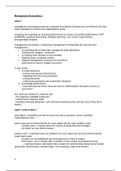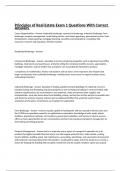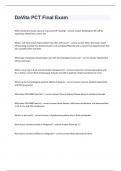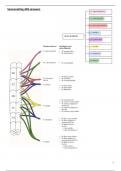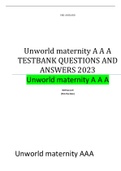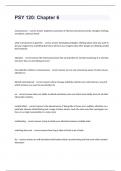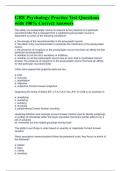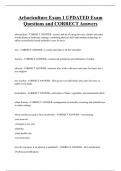Samenvatting
Summary Management Accounting 1 for Business (MA1) (midterm endterm)
Summary of all lectures, notes and important calculations. I found it quite hard but this summary with the calculations made me pass with a 7. Contains all materials for midterm endterm.
[Meer zien]
